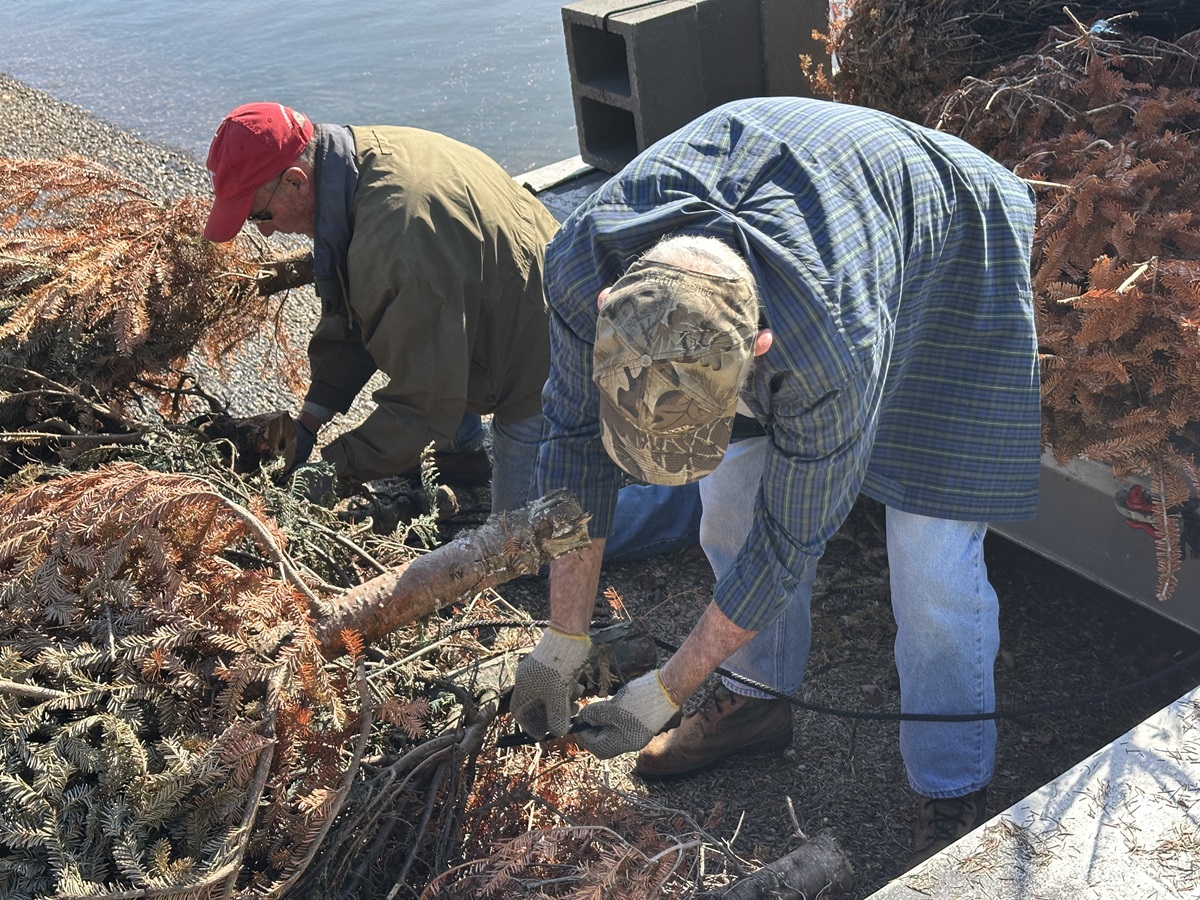Freedom Monument Sculpture Park in Montgomery, Alabama, drawing international acclaim

"Strike" by Hank Williams Thomas is among the major artworks in the new Freedom Monument Sculpture Park in Montgomery. (Equal Justice Initiative)
The newly opened Freedom Monument Sculpture Park, which plumbs the legacy of slavery and the lives of enslaved people through contemporary art, first-person narratives and historical artifacts, is already drawing international media attention and scores of visitors to Montgomery.
The third “Legacy Site” constructed in the city by the nonprofit Equal Justice Initiative garnered pre-opening stories from The Guardian of London, CBS News Sunday Morning and NBC Nightly News with Lester Holt, among others.
The New York Times said the sculpture park, which opened March 27, is designed to propel visitors on “an unflinching and moving journey” exploring slavery and its legacy, and the lives of enslaved people.
“There were 10 million people who were enslaved in this country, and much of what I hope we can do is honor those who struggled and suffered, and those who endured and persevered,” EJI Director Bryan Stevenson said on the organization’s website.
The 17-acre site overlooking the Alabama River includes dozens of sculptures from renowned artists, including Wangechi Mutu, Theaster Gates, Rashid Johnson and Kehinde Wiley. Historic artifacts and other exhibits include a whipping post and plantation structures where slaves once resided.
“I believe this will become a special place for millions of people who want to reckon with the history of slavery and honor the lives of people who endured tremendous hardship but still found ways to love in the midst of sorrow,” Stevenson said. “Many of us are the heirs to that extraordinary perseverance and hope. There is a lot to learn at this site and we want everyone to experience it.”

Slave dwellings, at the Freedom Monument Sculpture Park in Montgomery. (Equal Justice Initiative)
Sections of the park are dedicated to the transatlantic trade of African people and the domestic trade of enslaved people in the U.S., as well as the laws of slavery in America, the labor of enslaved people and resistance to slavery.
The final stop through the park is the National Monument to Freedom, which stands 43 feet tall and 155 feet long. Using information from the 1870 Census, the first in which formerly enslaved Black people could officially record a surname, the monument lists over 122,000 surnames that nearly 5 million Black people adopted and that tens of millions of people now carry.
Visitors can learn more about the counties and states associated with the names of formerly enslaved people and use kiosks at the visitor center to conduct genealogical research and trace family histories.
“There’s a narrative of triumph that we need to acknowledge and the monument is a gesture toward that, as a physical space but also as a way of naming names, making personal, making human this history,” Stevenson told the Guardian. “For people who are descendants to come and see that name, and have a tangible connection made to that legacy, is important and necessary.”
W Magazine wrote: “Visitors traverse a sculpture park unlike any other.” The sculptures are essential, Stevenson told NBC News correspondent Lester Holt.
“There’s not much in the visual record of that era that helps you get a sense of the humanity of these people. But artists have done an amazing job.”

Bryan Stevenson, left, being interview by Lester Holt of NBC Nightly News. (Equal Justice Initiative)
In the park are newly commissioned works by Charles Gaines, Alison Saar and Kwame Akoto-Bamfo, alongside major sculptures from Wiley, Mutu, Gates, Simone Leigh, Rose B. Simpson and Hank Willis Thomas.
“Artists have the ability to depict the humanity and the dignity of people, even in the midst of something brutal and violent,” Stevenson told CBS. “It’s a tough subject. It’s a challenging subject. And we wanted to use art to help people manage the weight of this history and engage in a more complete way with the lives of enslaved people.”
The site of the park – along the Alabama River – is also significant. For centuries the river was essential to the life of indigenous peoples before Europeans arrived, which is acknowledged during the park experience. Also noted is how the river flows through Alabama’s Black Belt, where some of the largest populations of enslaved people in the country were forced to labor on cotton plantations.
The sound of trains can also be heard from the nearby rail lines. Rail became the most common way to move and sell enslaved people in the 1850s, with hundreds of slaves arriving in Montgomery each day during the height of the trade, according to the EJI’s account. By 1860, nearly 400,000 Black people were enslaved on or near the Alabama River, the EJI website states.

A railcar, like the kind that transported thousands of enslaved people, at the sculpture park. (Equal Justice Initiative)
The two original Legacy sites – the Legacy Museum and the National Memorial for Peace and Justice – draw about 400,000 visitors to Montgomery annually. With the new sculpture park now open, even more are expected to visit.
Learn more about all three sites and the work of the Equal Justice Initiative at eji.org.
Information from the Equal Justice Initiative website was used in this report.







